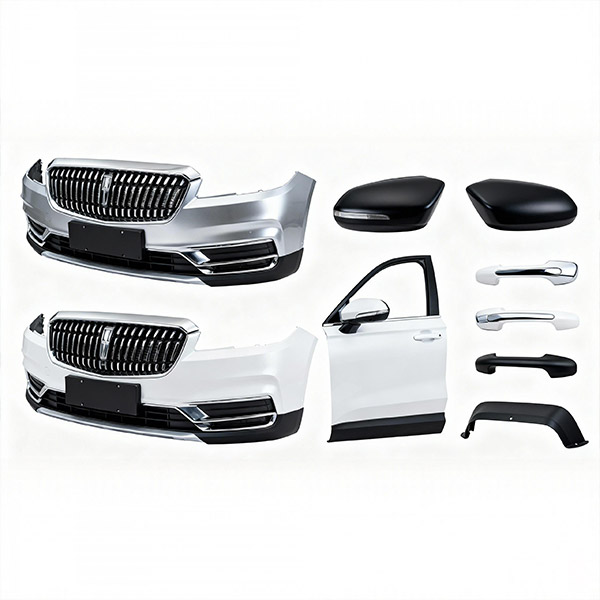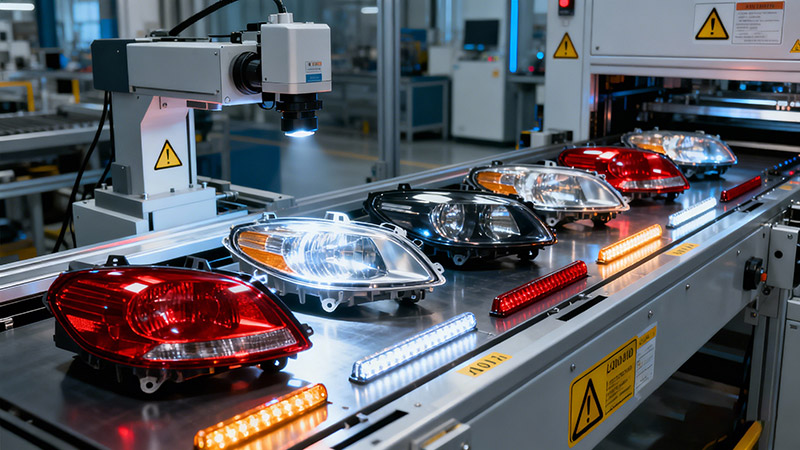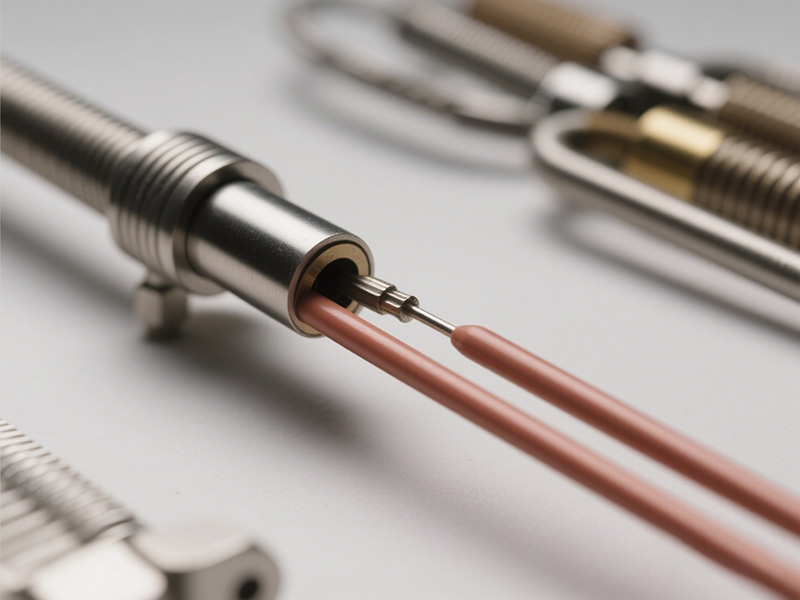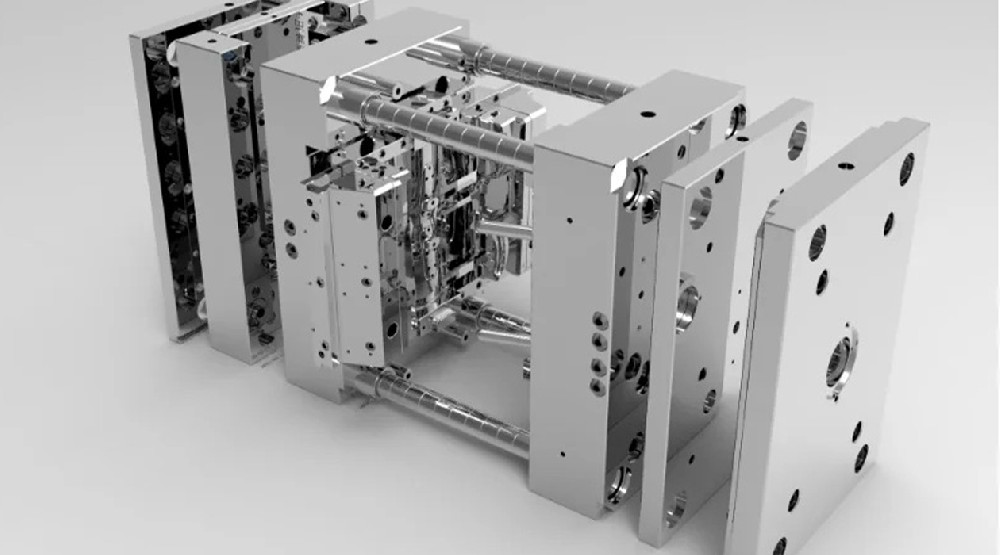Choosing the right material is one of the most critical steps in automotive plastic injection ...
Injection Molding for Medical Applications: Why Hot Runner Technology Is the Best Choice
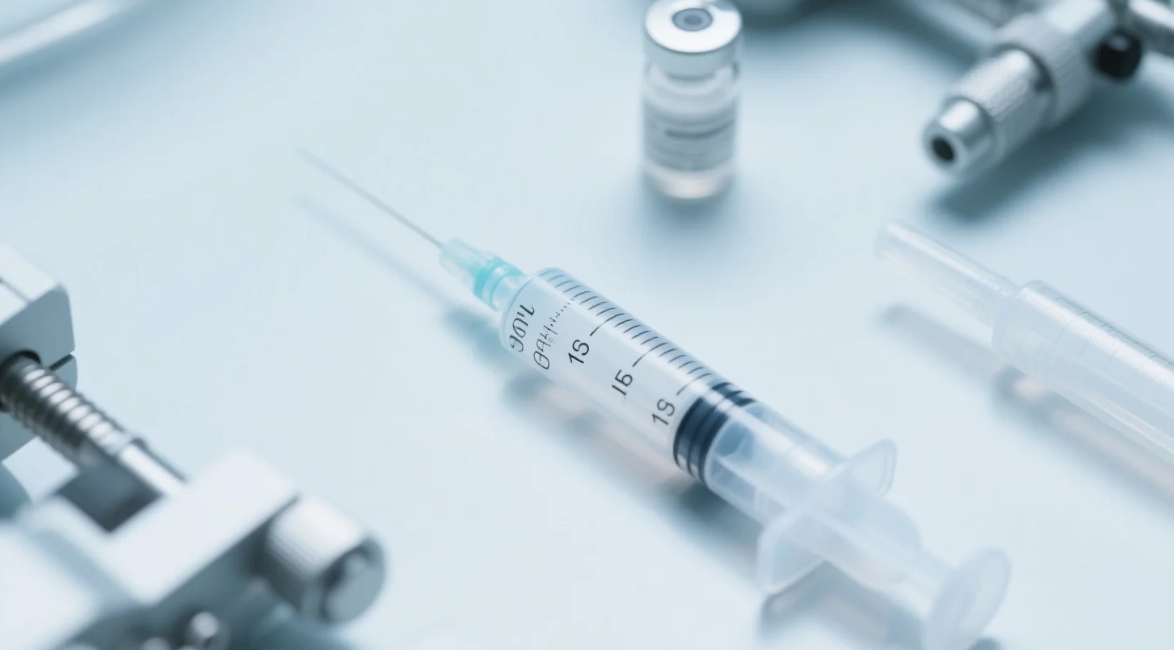
What Is a Hot Runner System?
A hot runner system is a heated assembly used in injection molds to deliver molten plastic into the mold cavities. It typically consists of heated nozzles, a manifold, and a temperature control unit. There are two main types: insulated runners and miniature semi-hot runners. This system significantly improves injection efficiency, reduces material waste, and lowers maintenance costs.
The core components of a hot runner system include the manifold, gate nozzles, hot runner plates, and temperature controllers. For medical injection molding, selecting the right hot runner technology and supplier is crucial.
Manifold
The manifold channels molten material from the injection molding machine to the mold cavities. Its job is to deliver the plastic evenly and without degradation due to heat, friction, or shear. Most suppliers produce manifolds by drilling flow channels into pre-machined steel plates and integrating heaters either inside or on the surface.
In most applications, manifolds feature multiple independently controlled heating zones. More advanced designs support complex applications like multi-component/multi-color molding, stack molding, or family molds. For example:
Multi-component molding allows combining different materials in a single part, such as soft-touch grips.
Stack molding doubles the output of existing equipment, even on small machines.
Family molds can produce two or more matching components of a set simultaneously.
Gate Nozzles
Hot runner nozzles connect the manifold to the mold cavity, often shaped like tubes with precise temperature control along their entire length. The nozzle's design greatly affects aesthetics, cavity fill quality, and cycle times. The tip of the nozzle forms the gate—the opening where molten plastic enters the cavity. Different nozzle designs vary widely in size, structure, and technical approach.
Open-tip hot runners rely on the thermal cycle of plastic flow and cooling. After injection, the gate cools and solidifies, leaving a small gate vest on the molded part. These systems are made from various steel grades to manage thermal dynamics.
Valve gate systems, commonly used in medical molds, use a pin that mechanically opens and closes the gate. Driven by a pneumatic piston and cylinder, the controlled pin movement offers greater balance and repeatability.
A key reason to choose valve gates in medical applications is the gate vest—the residual mark on the product. Open gates may leave noticeable marks, while valve gate systems create minimal, often invisible, vesting due to precise mechanical closure.
Hot Runner Plates
The hot runner plate supports the mold and withstands clamping forces during molding. Poor internal support or uneven flatness reduces mold life and product quality. Plate deformation under load can cause flash or dimensional inaccuracies due to damage at critical contact surfaces.
Suppliers should design structural support pillars through the manifold to evenly distribute clamping loads across the plate. Using finite element analysis (FEA) helps ensure a robust structure. Integrated cooling channels prevent irregular thermal expansion and ensure uniform pressure distribution.
Hot Runner Temperature Controller
No hot runner system works without a temperature controller. These devices regulate heater performance, which varies across different zones due to differing heat loss. High-end controllers can fine-tune output to match each heater type, keeping temperature variations between nozzle and manifold under 1°C.
Modern controllers, often PC-based, also handle functions like servo motor control or process monitoring—supporting smart manufacturing.
Topower: Your Expert Partner in Hot Runner Control for Over a Decade
With nearly a decade of dedicated experience in hot runner controller design, development, and manufacturing, Topower offers a full suite of engineered solutions—from industry-standard cartridge controllers and intuitive touchscreen interfaces to high-performance heating elements, all tailored for the precision demands of medical molding.
Trusted by manufacturers in over 20 countries, Topower’s hot runner systems ensure reliable and high-quality production for mission-critical medical applications.
Advantages of Hot Runner Systems
Fully Automated Molding: No need for secondary processing thanks to direct gating without cold runners.
Reduced Material Waste and Cost: Lower pressure loss and minimal material degradation.
High Interchangeability: Standardized nozzles with various tip options offer long service life and flexible application.
Compact and Reliable Design: Integrated plates and controllers ensure stability and user-friendly operation.
Widely Used in Medical Device Manufacturing
Hot runner systems are extensively used to produce:
Syringes
IV pumps
Respiratory devices
Surgical tools
They provide a clean, efficient, and precise molding solution tailored to the high standards of the medical industry.
Why Hot Runner Technology Matters in Medical Injection Molding

Improved Product Quality and Consistency
No Cold Runner Waste: Eliminates post-processing and reduces contamination risk—ideal for cleanroom applications like syringes, catheters, or IV connectors.
Fewer Defects: Precise melt flow and temperature control help avoid short shots or sink marks, ensuring reliability in microfluidic chips or surgical instruments.
Material and Cost Efficiency
Lower Material Waste: Hot runners can reduce waste by 20–30%, especially important with costly materials like medical-grade PP, PEEK, or PC.
Stable Processing of Sensitive Resins: Hot runner systems with closed-loop controls enable consistent processing of biocompatible or heat-sensitive plastics.
Compliance with Stringent Regulations
Cleanroom Compatibility: Reduced cavity residue helps meet FDA, ISO 13485, and other hygiene standards.
Traceability and Validation: Advanced hot runner systems support real-time monitoring for IQ/OQ/PQ validation in regulated environments.
Support for Complex Part Designs
Thin-Wall and Miniaturization: Accurate fill and high-pressure injection support thin-walled parts for devices like insulin pens and endoscopes.
Multi-Cavity Efficiency: Ideal for high-volume parts like IV chambers and bottle caps.
Automation and Sustainability
Seamless Automation Integration: Easily pairs with robots for lights-out manufacturing, reducing human contamination and meeting GMP guidelines.
Eco-Friendly: Less waste and energy consumption support greener production practices in medical manufacturing.
Summary
Hot runner technology is a key enabler for the medical injection molding industry to achieve high-precision, high-efficiency, and high-cleanliness production. Especially in the field of disposable medical consumables, high-end equipment, and implants, its value is irreplaceable. As medical technology develops towards minimally invasive and intelligent, the innovation of hot runners (such as micro valve needle control and intelligent temperature control) will further promote the progress of the industry.
